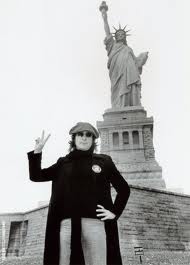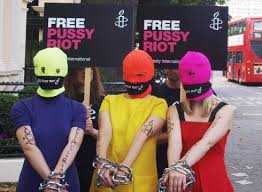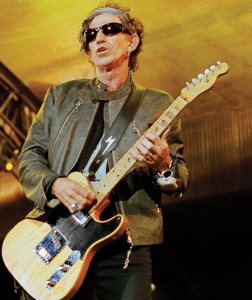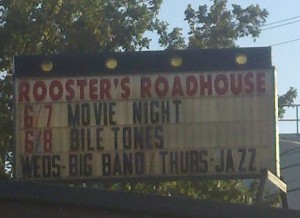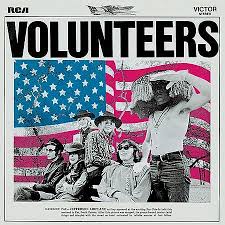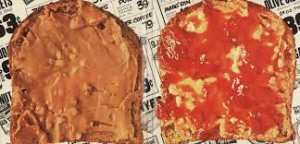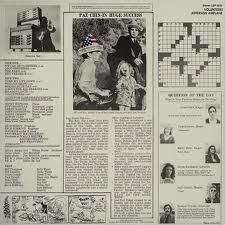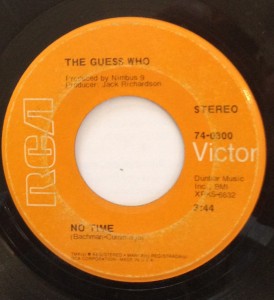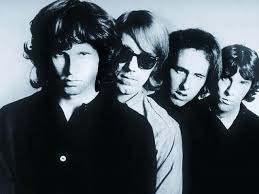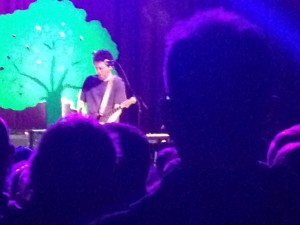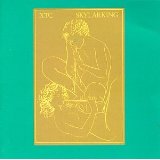 While concocting my top 50 albums for our collective list, there were a lot of discs that I wish could have made it but didn’t.
While concocting my top 50 albums for our collective list, there were a lot of discs that I wish could have made it but didn’t.
I wanted to put my 16 hits by Buddy Holly on, but I don’t believe Greatest Hits albums belong in a “what’s best” competition with the albums from which the best songs came.
Lou Reed’s Rock and Roll Animal also deserved some attention as it is a fabulous piece of work, although its strength lies largely within two cuts: Rock and Roll and Sweet Jane.
There were others but one album that completely slipped my mind and list was the British band XTC’s wonderful record Skylarking.
The fact is I still might not have remembered this lovely piece of Brit pop, save Diane and I were streaming the last season of Weeds, and the closing song on one of the episodes was Dear God from Skylarking.
Released in 1986, and produced by the one and only Todd Rundgren (who also managed to bring other bands, like Grand Funk Railroad to the mainstream), Skylarking is as lovely a piece of Beatlesque Brit Pop as has been produced.
The title, lifted from Percy Shelley’s poem, To a Skylark is enough to make me love the disc and concept (my MA focus was on 19th Century British Literature, and that included a lot of Shelley and my favorite, Samuel Coleridge) which is sort of A Day in the Life expanded into the pastoral.
Apparently there was a lot of friction between principal songwriter/guitarist Andy Partridge and Rundgren during the recording, but in retrospect Partridge yielded to his producer’s wizardry, noting in the book Song Stories, by Neville Farmer, “Musician and producer Todd Rundgren squeezed the XTC clay into its most complete/connected/cyclical record ever. Not an easy album to make for various ego reasons but time has humbled me into admitting that Todd conjured up some of the most magical production and arranging conceivable. A summer’s day cooked into one cake.”
The album kicks off with the lazy flowing effect laced Summer Cauldron which portends–and segues–into Grass, as sweet and dreamy a cut as you will find anywhere.
The Meeting Place, in fact all the subsequent cuts, smack of a fabulous amalgamation of that Beatleseque pop along with a new wave attitude that affirms the influence and direction the Fab Four started as a natural evolution, realized by a really good band, under the direction of a really really great producer.
However, these songs and this sound are hardly derivative as XTC is clearly their own band, with their own sound. They just also understand their roots and as with most successful artists, understand how to reinterpret their heritage with their vision of the contemporary and even and eye on the future.
In fact with Ballet for a Rainy Day, the band even points to their next studio album as XTC (they released Psonic Psunspot in 1987, a year after Skylarking,as the Dukes of Stratsphear) opening the vocals with the lyrics “oranges and lemons.”
Probably the most controversial tune on the disc is Dear God, which Partridge both hated, and which did not make the first cut of the disc. The song also wound up being the definitive song on the album, not to mention the most covered.
There are a couple of tracks after Dear God on my CD–Dying and Sacrificial Bonfire–that I remember being on my cassette, the format on which I originally purchased Skylarking in the late 80’s when I first purchased; however, I seem to remember Dear God being the last cut, which added to the punch and the message of the song.
Of all the tunes on Skylarking, my favorite was always Earn Enough for Us, a paean to love, life, society, and British life, that bops along so breezily and with such solid and catchy parts it almost seems like the participants don’t even have to try.
My father once told me, “A genius is someone who can do easily what the rest of us cannot do at all.”
I think there is not only some truth to that, but also that both the band XTC and producer Rundgren were totally in control of their art with Skylarking. They were also at the top of their game. Meaning the anguish noted in Song Stories just sounds easy.

